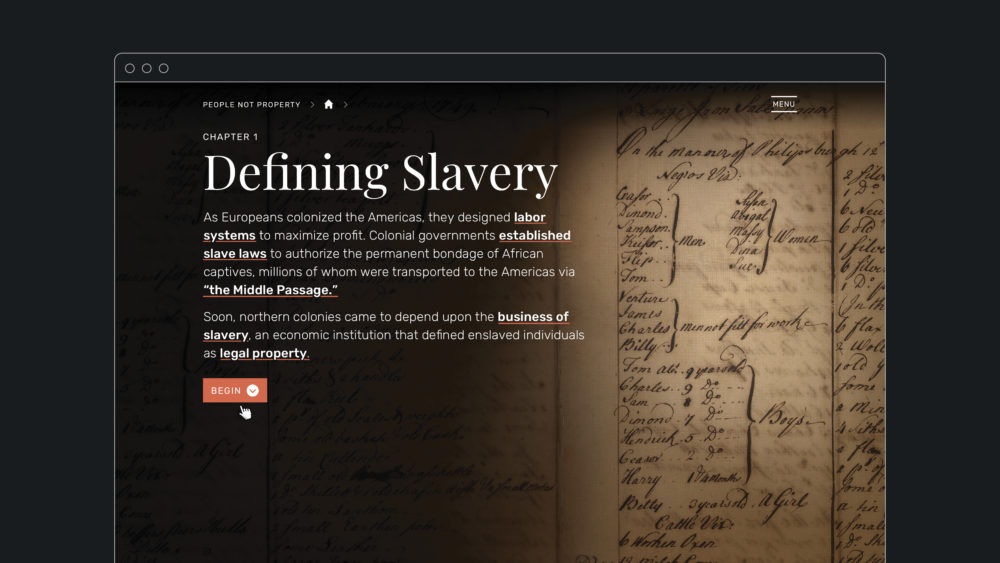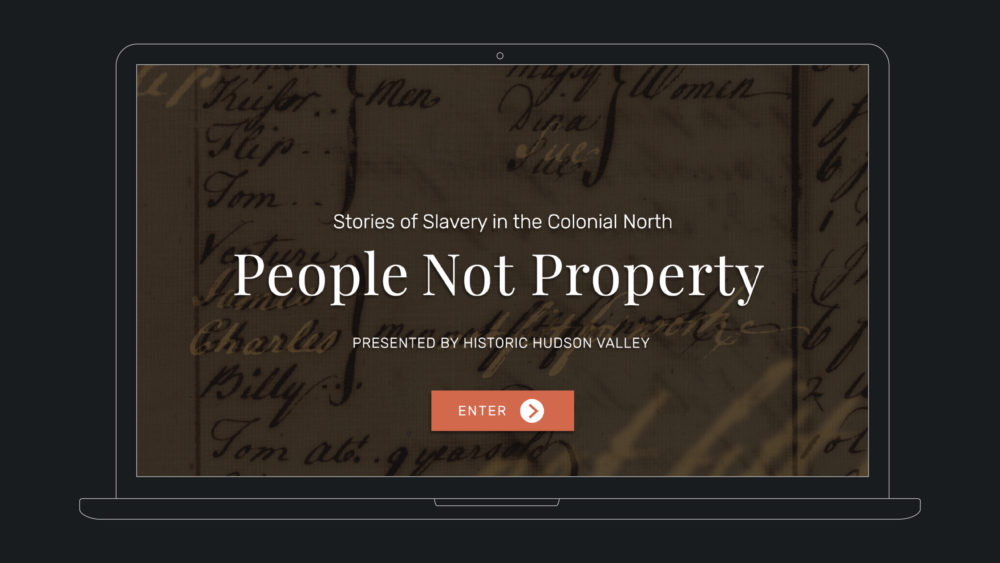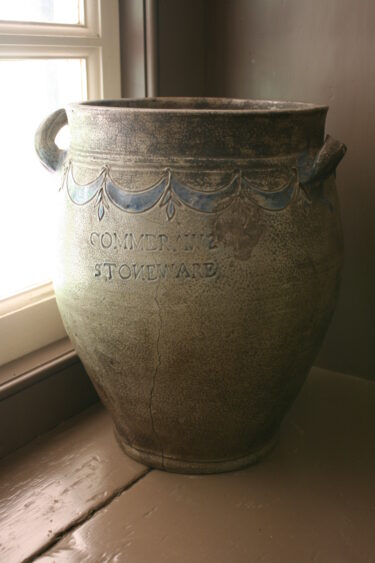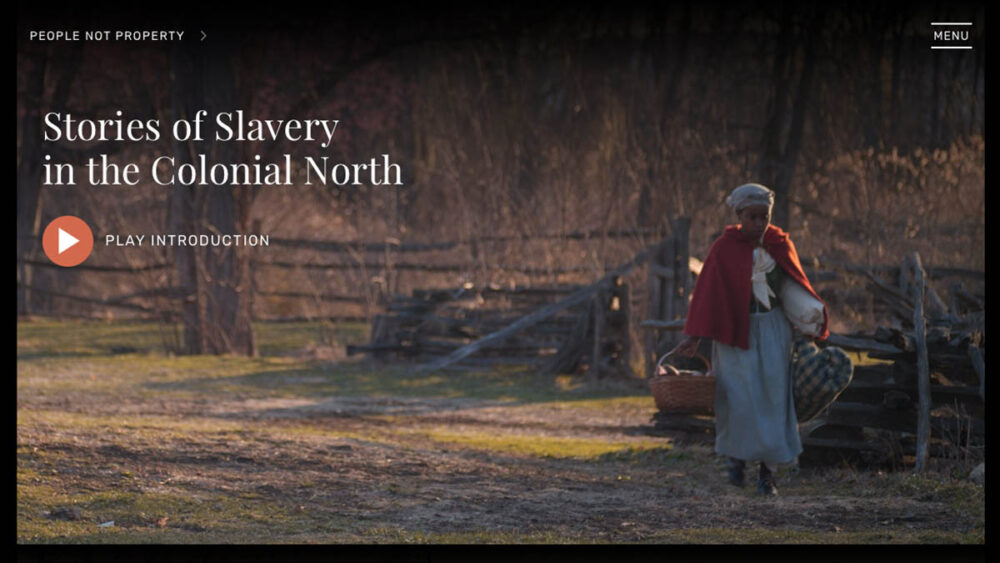Reexamining Our Collection Reveals New Information on Local History and the Enslaved Population
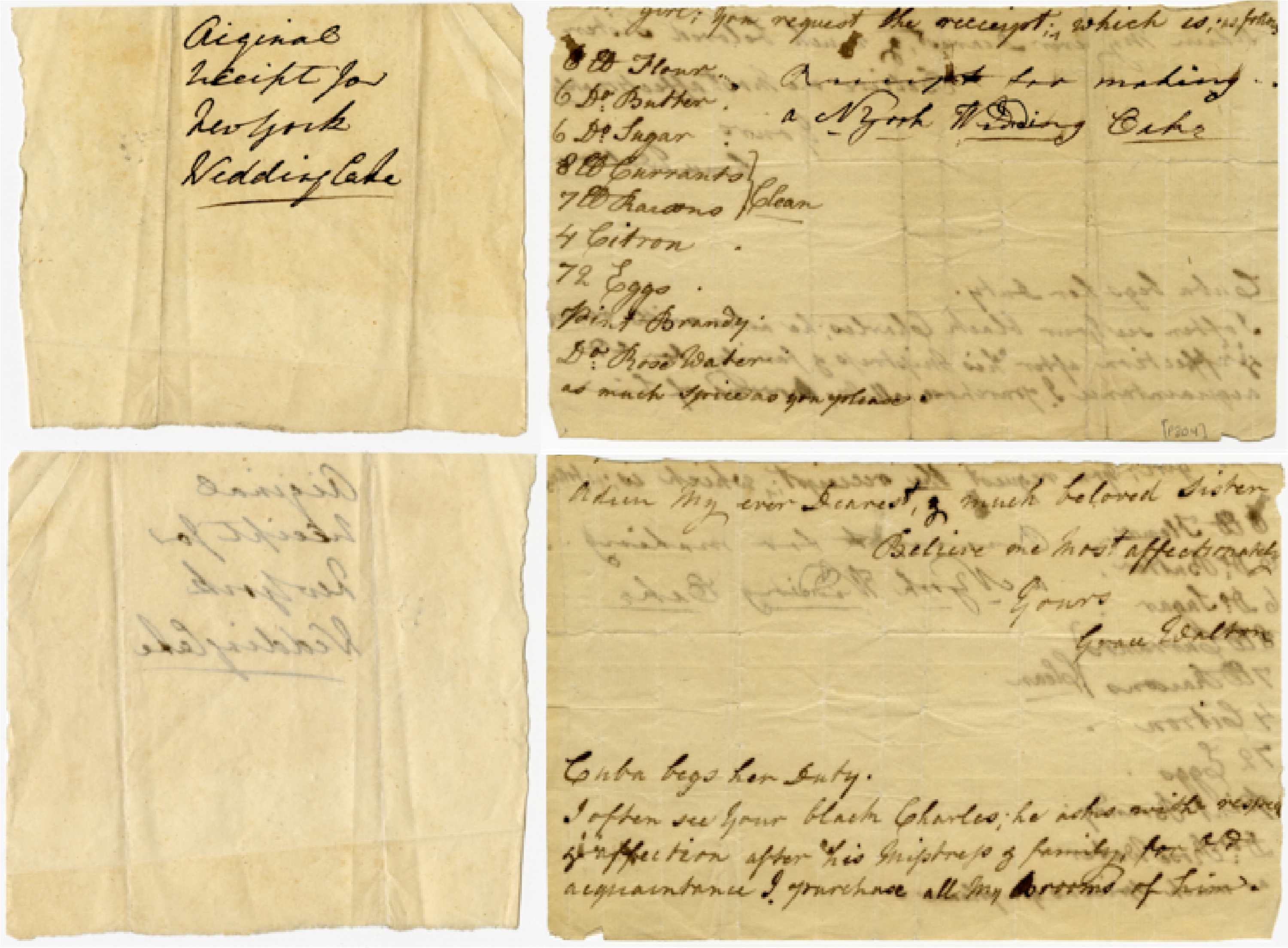
Historic Hudson Valley Library, Pocantico Hills, New York, Manuscript Collections, P 804.
A small piece of paper entered the collections of Historic Hudson Valley (HHV) in 1957. One side of the missive between two sisters contained a few lines of correspondence and a cake recipe. The reverse included the end of the letter and postscript. Based upon the archivist’s expertise and trends of the time, the hand-written fragment was cataloged only as “P 804 Recipe for a New York Wedding Cake.”
Fast forward to 2011, when more than 3,000 manuscript items in the HHV collection were reviewed, including P 804. While we still cannot identify letter writer Grace Walton or the name of her sister, the postscript provides clues about local history, the enslaved, and social circles that go well beyond how to bake a cake.
Cuba begs her Duty.
I often see your black Charles; he asks with respect & affection after his Mistress & family of Old acquaintance I purchase all my Brooms of him.
Who were these individuals? Cuba was a common name among enslaved women, and the words black Charles and Mistress imply another enslaved individual and relationship. Grace Walton’s sister is conveying regards from Cuba, but what was Cuba’s relationship with Grace or her sister? Was it one of enslavement or of commerce? Had she been previously enslaved by Grace’s family and now the property of Grace’s sister or another person? Could Cuba have been a free woman who ran a business and was reminding Grace of her services?
Your black Charles also raises questions. Was Charles enslaved or manumitted? We could interpret his Mistress & family as referring to Grace and her family, or is Charles referring to other people known to Grace? Old acquaintance would probably not refer to a situation of enslavement, but is Charles making brooms as a free man or as part of his enslavement?
And when was this letter written? Before 1799, 1817, or 1827 – significant dates in New York’s long rough road to the abolition of slavery? Did any of the people connected with this letter live in New York in the 18th or 19th centuries? The style of handwriting is typical of someone who learned to write in the 18th century or was taught by someone who did. The formation of the letters and the use of the long s also help date the writing, and the cake ingredients are in keeping with 18th-century versions of this recipe.
We don’t have the answers to any of these questions, and, perhaps, we never will. Yet the document is invaluable for what it teaches about the importance of manuscripts, and a periodic re-reading of them. The manuscript was prized for years for one reason, but now it has considerably increased in historic value. Because Cuba and black Charles were written on the back of a scrap of paper, we know of the existence and names of two people who may have been enslaved.
We can remember them and continue to search for them.
Catalina Hannan
Librarian
Historic Hudson Valley










